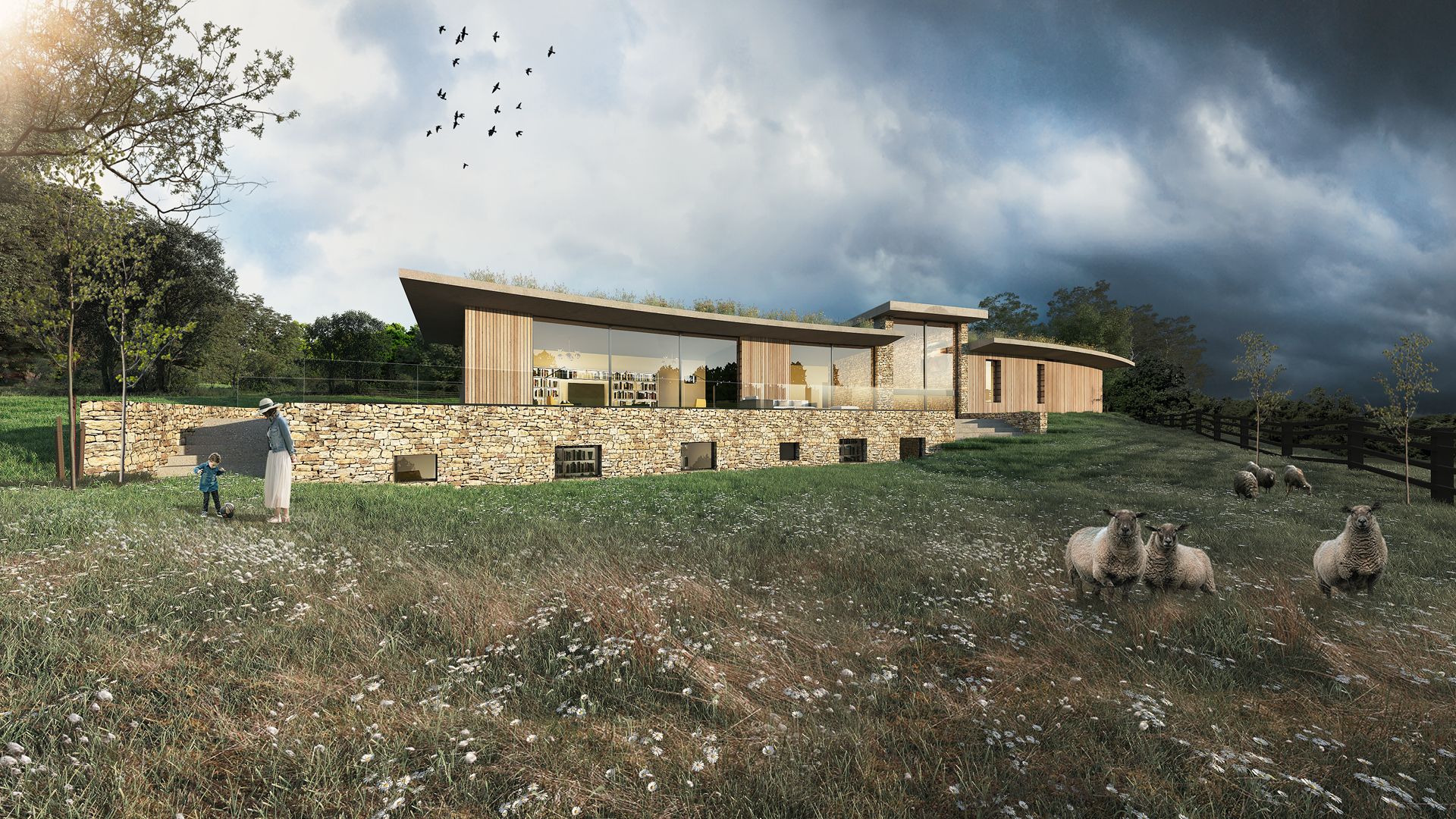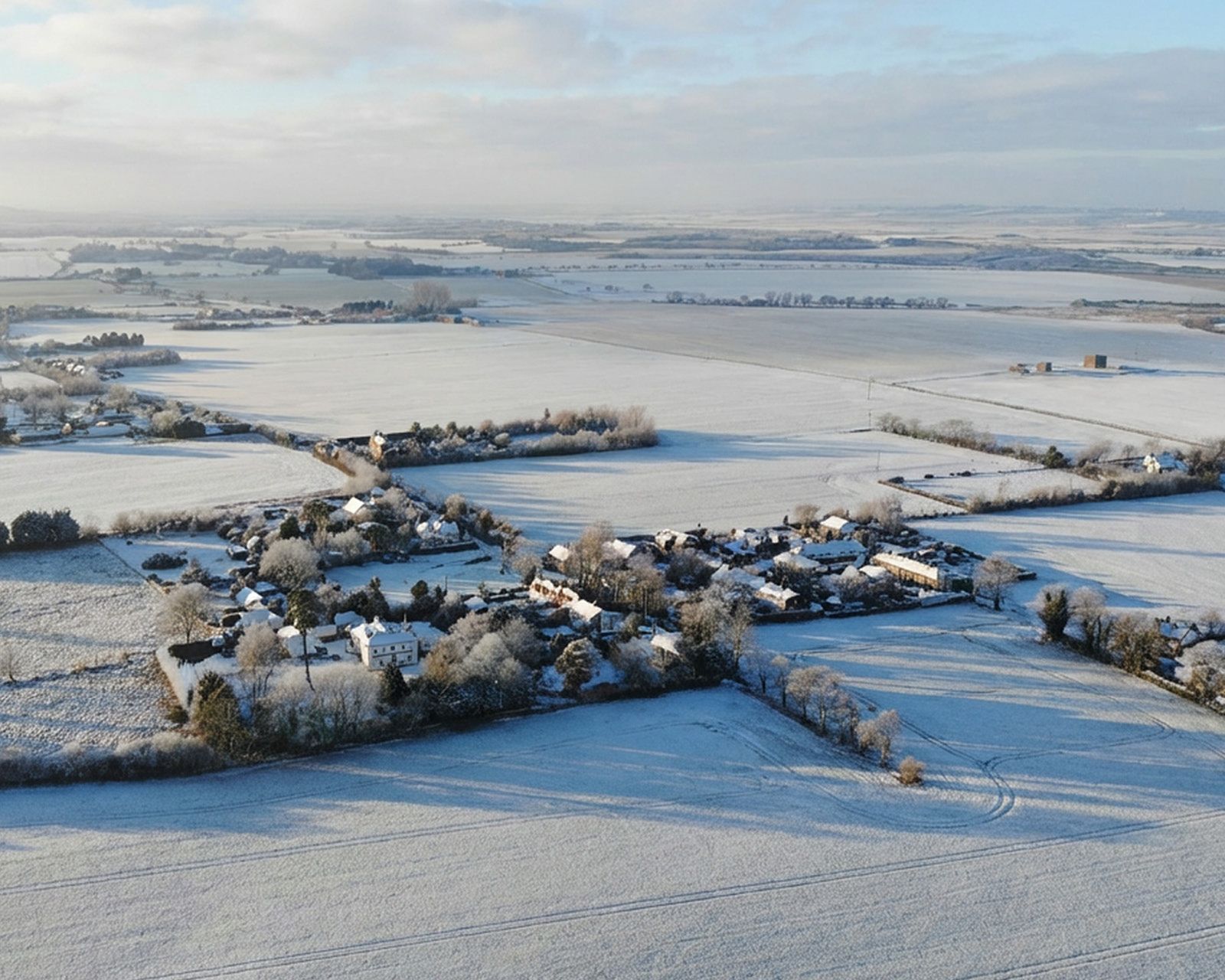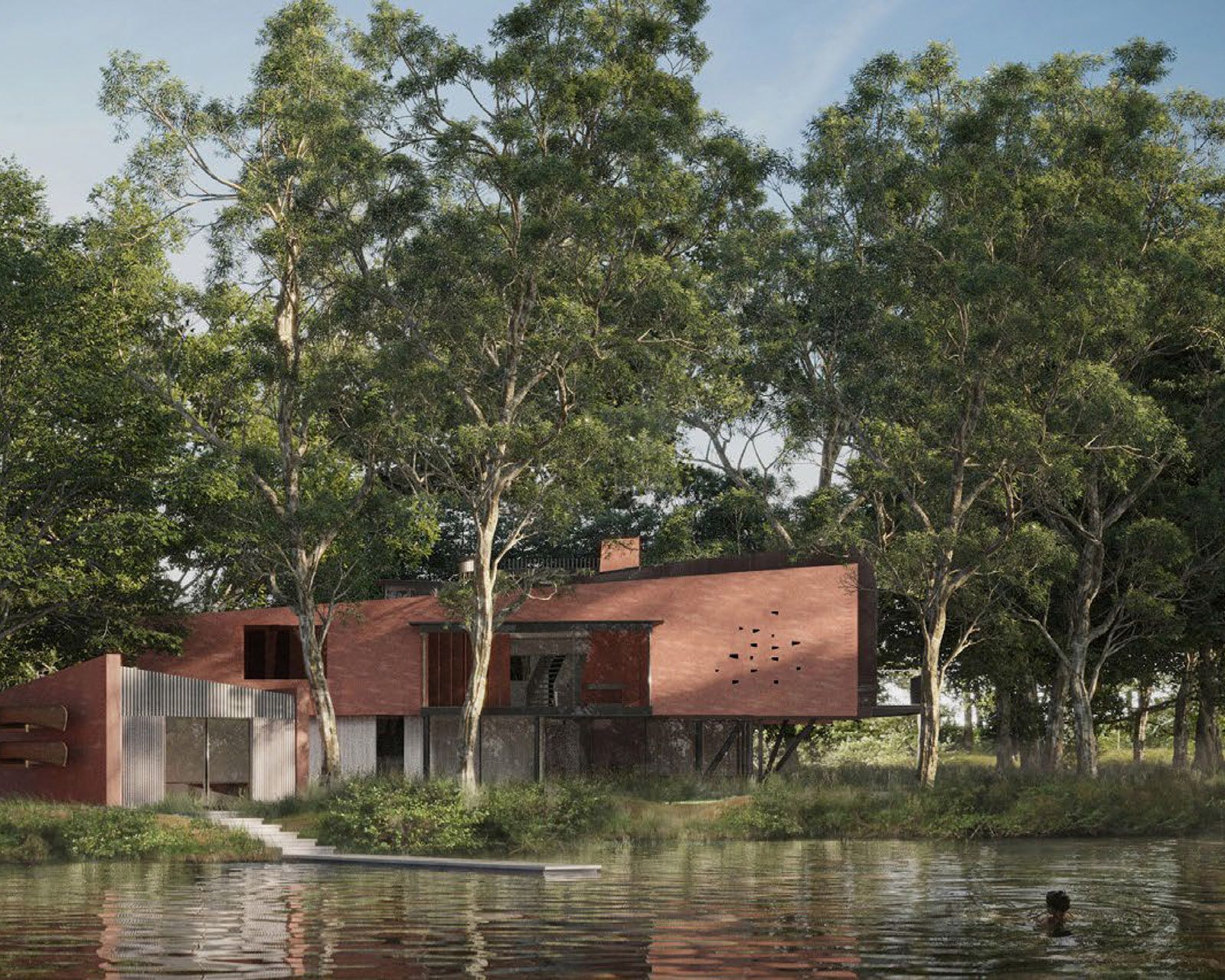In the eye of the beholder - beauty in architecture
By Malcolm Birks | 12.03.24
In his ‘Falling back in love with the future’ speech at the Royal Institute of British Architects (RIBA), Secretary of State, Michael Gove, spoke about the need to ‘build more beautifully’ and how it made ‘sense in public policy terms’. But how to define beauty in architecture? Malcolm Birks, Head of Design at Rural Solutions eloquently explains and demonstrates how to put the concept into practice.

"You employ stone, wood and concrete, and with these materials you build houses and palaces. That is construction. Ingenuity is at work. But suddenly you touch my heart, you do me good, I am happy and I say: This is beautiful. That is Architecture. Art enters in."
Le Corbusier 1931
Language of architecture
To ‘touch the heart’ is perhaps the aim of every architect and many clients too. Truth, beauty, authenticity… the feelings of emotion triggered by an encounter with a structure built by mortals. There have been many different prescriptions written for how to achieve this elixir, but it still feels in many ways indescribable and intangible; only truly conveyed through the language of architecture itself.
The government’s recent update to the National Planning Policy Framework emphasises more than ever the importance of new buildings being ‘beautiful’. But what exactly does this mean? Is it only ever in the eye-of-the-beholder or are there sound principles which underpin this?
The Roman architect and engineer Vitruvius famously wrote that all buildings should have strength, utility, and beauty (firmitas, utilitas and venustas) and that architecture should imitate nature.
Venustas literally translates as the qualities possessed by the goddess Venus and thereby implies a visual quality in architecture that would arouse the emotion of love.
Exploring the term venustas in more depth suggests that a building’s relationship should respond to its context’s standard of aesthetics through craftsmanship and attention to detail.
With analysis and appreciation
At Rural Solutions, we always begin a design process with analysis and appreciation of context.
We find that it is only by seeking out the underlying specific characteristics of a place, that one can begin to develop a response which feels authentic.
This usually starts with an assessment of landscape character and the underlying structures which extend through and beyond the immediate site curtilage.
Indeed, our projects seek to bleed the traditional boundaries between ‘building’ and ‘landscape’ such that there is instead a focus on ‘place’ and ‘setting’.
An example of this approach is our design for a private house near Skipton which was set into a sloping landscape and created a ‘plinth’ level of accommodation upon which an upper storey with large areas of glazing was orientated towards a key view of the nearby Pendle Hill.
The response to context was on several levels including materials, orientation, roof treatment and topography. The sinuous form followed the contours of the landscape and created an elegant, flowing building, with easy circulation, both inside and out, and beautiful views.

House near Skipton, North Yorkshire
Designing unique homes
A second example which Rural Solutions designed was a private house in a National Landscape (AONB) near Harrogate.
Here, the team drew on the vernacular architectural language of stone walls and pitched slate roofs and blended these with modern glazed elements and open gable forms to create a house that was unique to its context and related to the needs of modern living whilst still being anchored in an authentic local expression.

House near Harrogate, North Yorkshire
Transcending the fashionable
Both these projects show how beauty in relation to architectural design can transcend fashionable considerations bound up with the latest style or a crude choice between ‘modern’ and ‘traditional’.
Buildings which feel authentic and ‘of their place’ are fundamental to achieving this whilst still allowing room for personal design inspiration and joyful flourishes.
Beauty is at one level ‘in the eye of the beholder’ but the key ingredients for successful architectural design are clear and have been for millennia.
Looking for guidance
Do you have rural design project you need help with? Get in touch with the team at Rural Solutions to discuss your requirements - please email info@ruralsolutions.co.uk or call 01756 797501.
We are using cookies to give you the best experience on our website. You can find out more about which cookies we are using on our cookie policy.


